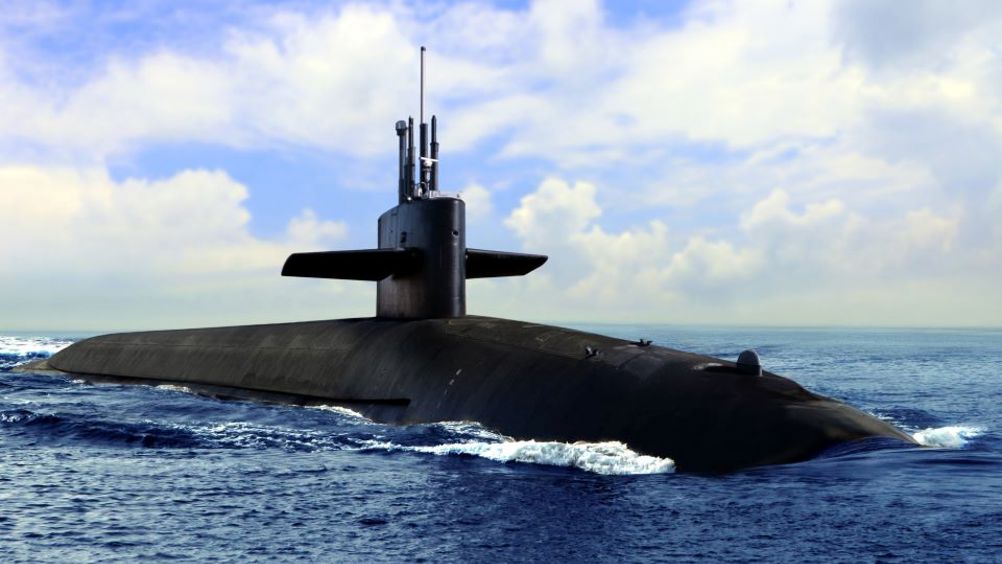DARPA to develop ‘militarily relevant’ magnetohydrodynamic drive
DARPA is challenging industry to develop a magnetohydrodynamic (MHD) drive that would ensure near silent propulsion for navy boats.

To this end, the defence research organisation has launched the Principles of Undersea Magnetohydrodynamic Pumps (PUMP) programme, a 42-month effort aiming to build on the success of MHD at small scale by overcoming fundamental challenges.
An MHD drive would propel a boat using electric and magnetic fields with no moving parts, accelerating an electrically conductive propellant with magnetohydrodynamics.
According to DARPA, the first challenge has been the inability to generate powerful enough magnetic fields to enable high-efficiency pumps. The second has been lack of electrode materials that can withstand corrosion, hydrolysis, and erosion caused by the interaction of magnetic fields, electrical current, and saltwater. Breakthroughs in generating high magnetic fields have been demonstrated in recent years, but the electrode remains challenging.
“The best efficiency demonstrated in a magnetohydrodynamic drive to date was 1992 on the Yamato-1, a 30m vessel that achieved 6.6 knots with an efficiency of around 30 per cent using a magnetic field strength of approximately four Tesla,” said Susan Swithenbank, PUMP programme manager in DARPA’s Defence Sciences Office. “In the last couple years, the commercial fusion industry has made advances in rare-earth barium copper oxide (REBCO) magnets that have demonstrated large-scale magnetic fields as high as 20 Tesla that could potentially yield 90 per cent efficiency in a magnetohydrodynamic drive, which is worth pursuing. Now that the glass ceiling in high magnetic field generation has been broken, PUMP aims to achieve a breakthrough to solve the electrode materials challenge.”
Register now to continue reading
Thanks for visiting The Engineer. You’ve now reached your monthly limit of news stories. Register for free to unlock unlimited access to all of our news coverage, as well as premium content including opinion, in-depth features and special reports.
Benefits of registering
-
In-depth insights and coverage of key emerging trends
-
Unrestricted access to special reports throughout the year
-
Daily technology news delivered straight to your inbox










National Gas receives funding to develop Gravitricity underground hydrogen storage system
One single rock salt mine - Winsford - has 23 <i>MILLION </i>cubic metres of void and even allowing for 10% of that void set aside for hazardous waste...